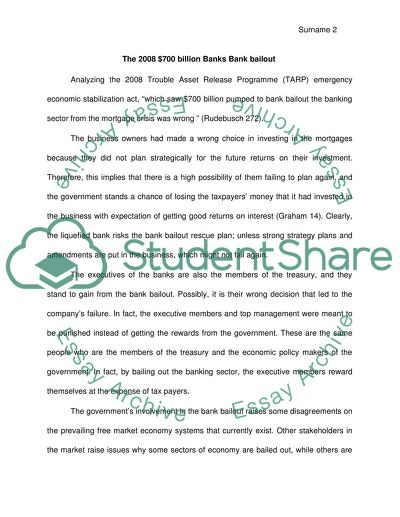Cite this document
(“Government Bailouts of Private Industry Research Paper”, n.d.)
Retrieved from https://studentshare.org/literature/1436369-government-bailouts-of-private-industry
Retrieved from https://studentshare.org/literature/1436369-government-bailouts-of-private-industry
(Government Bailouts of Private Industry Research Paper)
https://studentshare.org/literature/1436369-government-bailouts-of-private-industry.
https://studentshare.org/literature/1436369-government-bailouts-of-private-industry.
“Government Bailouts of Private Industry Research Paper”, n.d. https://studentshare.org/literature/1436369-government-bailouts-of-private-industry.


